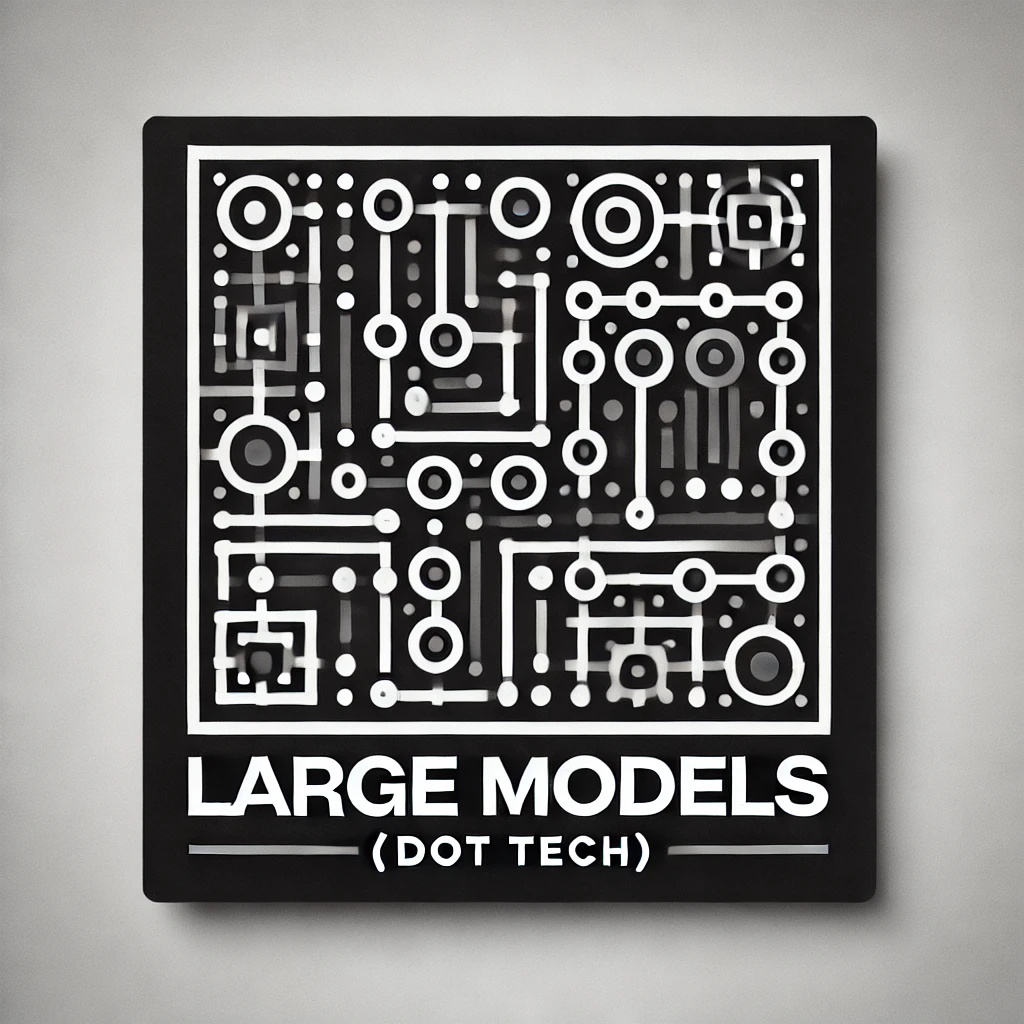Untitled Story
HackerNoon Writer
 byLarge Models (dot tech)@largemodels
byLarge Models (dot tech)@largemodelsThe Large-ness of Large Language Models (LLMs) ushered in a technological revolution. We dissect the research.

The Large-ness of Large Language Models (LLMs) ushered in a technological revolution. We dissect the research.